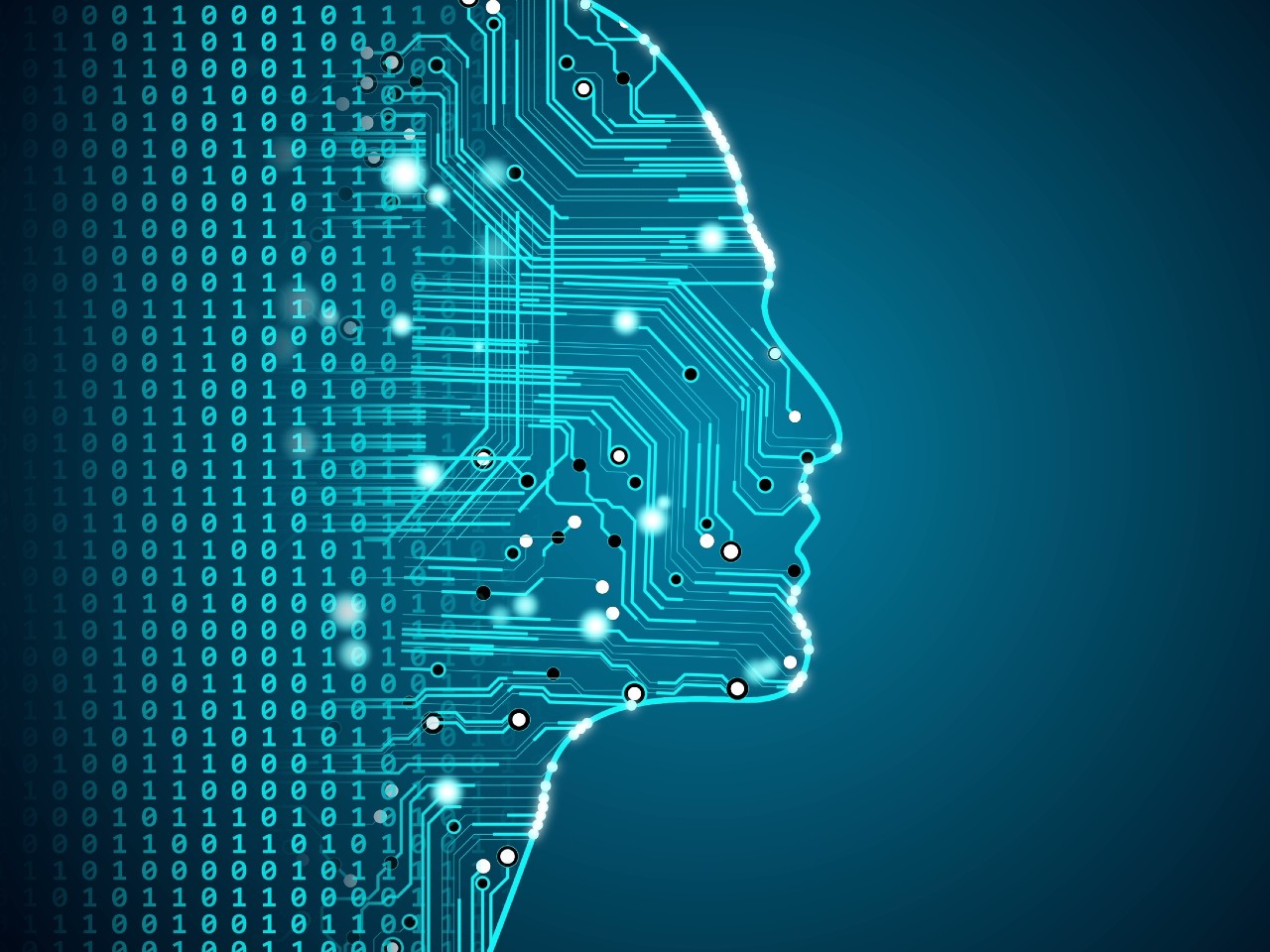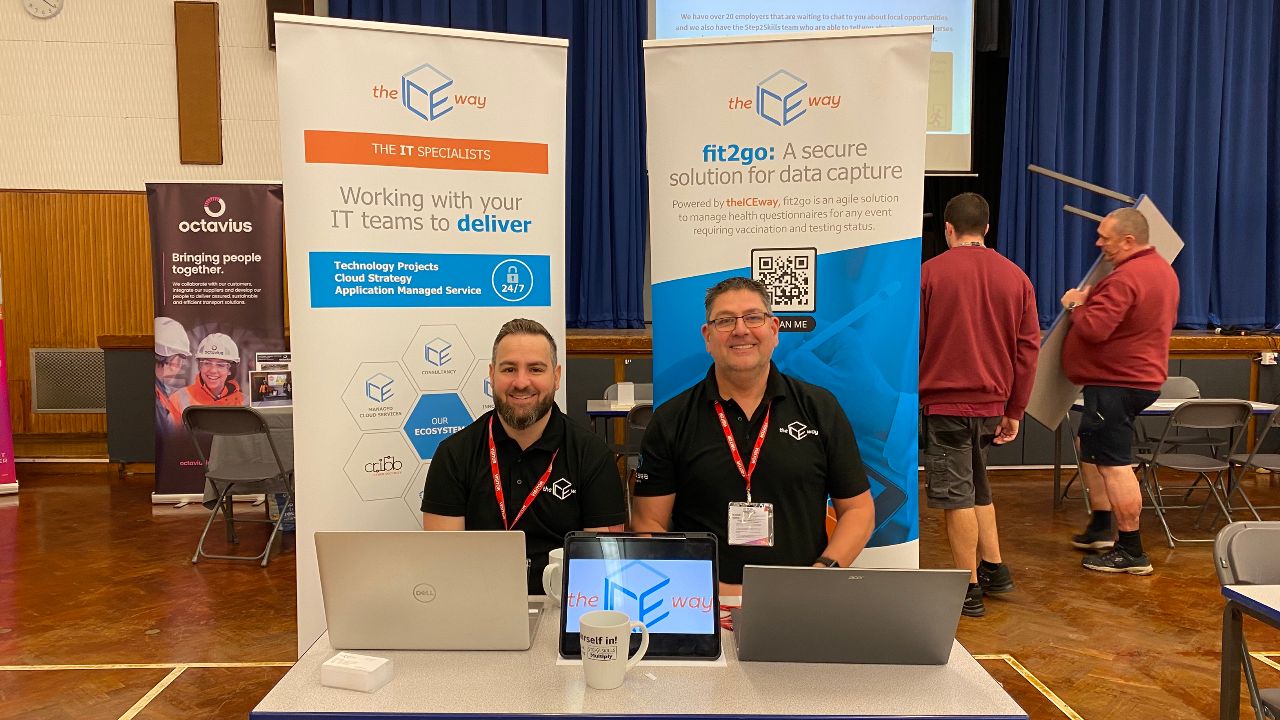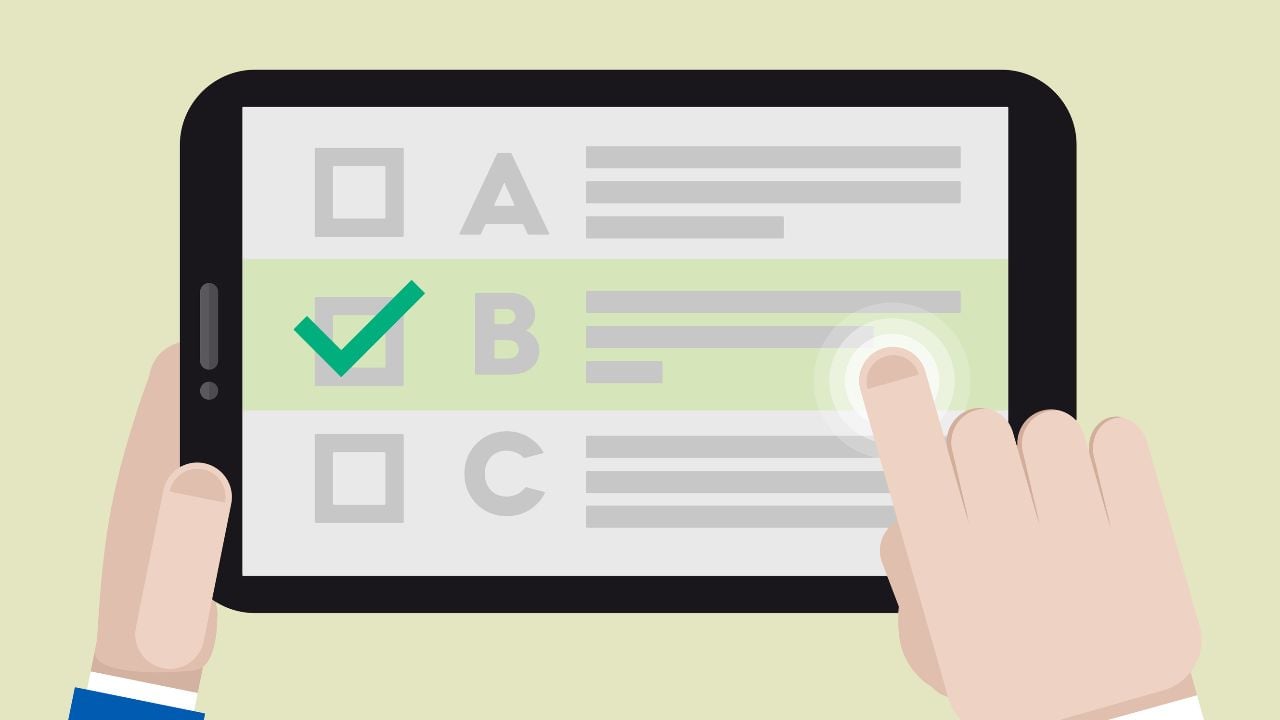Part 1 of 2. It is always difficult to predict exactly what technology trends will take hold in the future. There are however a few areas that our IT experts believe will see advancements this year. Here then are some tech trends in 2023 to watch out for… see if you agree with us.
Artificial Intelligence And Machine Learning (AI And ML)
AI and ML will continue to be a major area of focus and investment, thus becoming our first tech trends in 2023 to keep an eye on. More organisations will look to implement these technologies to improve efficiency and to gain a competitive edge. Whilst both are related, they are distinct areas of computer science and technology.
AI refers to the simulation of human intelligence in machines that are programmed to think and learn like humans. It encompasses a wide range of technologies and approaches. These include rule-based systems, decision trees, natural language processing, and expert systems, which are designed to perform specific tasks.
ML, on the other hand, is a subset of AI focused on the development of algorithms and statistical models. ML enables machines to automatically improve their performance with experience. It is not explicitly programmed to perform a task. Instead, Machine Learning models learn to perform a task by being trained on a large dataset of examples.
Types Of Machine Learning
Supervised Learning: The most common type of machine learning. The model is trained on a labelled dataset, and the goal is to make predictions about new, unseen examples.
Unsupervised Learning: The model is not given any labelled data. The goal is to find patterns or structure in the data. Clustering and dimensionality reduction are common unsupervised learning tasks.
Reinforcement Learning: The model learns by interacting with its environment and receiving feedback in the form of rewards or penalties. It is mostly used for training agents for control systems, games and autonomous vehicles.
Deep Learning : A sub-field of Machine Learning which focuses on artificial neural networks that have many layers of nodes. Deep Learning is particularly useful for tasks such as image and speech recognition.
AI and ML are already being used in a wide range of applications. These include self-driving cars, virtual personal assistants, image recognition, and language translation. As the technology continues to advance, it is expected to have an even bigger impact across various industries.
Edge Computing
As IoT devices grow, there is then an increase in the volume of data generated. This means that edge computing will become far more important this year. It will be used as a way to process and analyse data closer to where it is generated.
Edge computing is a distributed computing paradigm that brings computation and data storage closer to the source of the data. This is instead of relying on sending all the data to centralised data centres or the cloud. In edge computing, the data is processed, analysed and then acted upon at the “edge” of the network (at or near the source of the data). This approach is becoming increasingly important as the volume of data generated by IoT devices continues to grow.
The main advantage of edge computing is that it reduces the amount of data that needs to be sent to the cloud or data centre. This then reduces the bandwidth requirements and improves the response time of the system. Additionally, sending large amounts of data over the network can be expensive so processing data at the edge can help to reduce these costs. Another advantage is that it can help to improve the security of the system by keeping sensitive data on-premises.
Use-Cases For Edge Computing
IoT: Edge computing is a natural fit for IoT applications, where lots of devices are generating data that needs to be processed in real-time. By processing data at the edge, IoT devices can make decisions and take actions without relying on a connection to the cloud.
Industrial Automation: Edge computing can help industrial automation systems to process data quickly and respond to changing conditions in real-time. This is important in industries such as manufacturing, transportation, and logistics.
Augmented Reality: Edge computing can help to reduce latency in AR applications, by enabling more processing to be done on the device, rather than in the cloud.
Robotics and drones: By processing data at the edge, robots and drones can make decisions and take actions in environments where there is limited or no connectivity to the cloud.
Video Surveillance: Edge computing can help to analyse video data in real-time, enabling the detection of potential security threats and the triggering of an alarm.
Overall, Edge computing is becoming an essential part of distributed systems, as it allows computation and data storage to move closer to the source of the data. This reduces latency, improves response time, and increases security. It is therefore not hard to see why it appears under ‘Tech Trends in 2023’.
5G Networks
The widespread deployment of 5G networks will enable new use cases. It will also create opportunities for businesses to improve their operations and offer new services to customers.
5G is the fifth generation of mobile networks. It is designed to provide faster, more reliable and more responsive wireless connectivity than previous generations. Some of the key features of 5G networks include high bandwidth and low latency. This means that 5G networks can support more responsive and interactive applications, such as virtual and augmented reality. 5G also supports a much larger number of connected devices than 4G networks. This makes it ideal for IoT and Machine-to-Machine (M2M) communication.
Additional Features Of 5G
Advanced network slicing: This allows for the creation of multiple virtual networks on top of a single physical network, each with its own characteristics and attributes. The network can then be customised for different use cases, such as IoT or autonomous cars.
Improved security: 5G networks are designed to be more secure than previous generations of mobile networks. One of the key features of 5G security is network slicing, which allows for the creation of isolated and secure virtual networks for specific use cases.
5G is expected to have a wide range of applications and use cases, including enhanced mobile broadband, ultra-reliable and low-latency communications, and massive machine-type communications. In addition to this, 5G also has the ability to improve existing technologies like self-driving cars, remote surgery and Augmented reality, by providing the necessary low latency, high bandwidth and reliability.
While 5G networks are already being rolled out in many parts of the world, they are still in the early stages of deployment, and it will take some time for 5G to be widely adopted. Nevertheless, 5G is expected to have a significant impact on many industries, and it will be an important driver of innovation and economic growth in the years to come.
Quantum Computing
No list of tech trends in 2023 would be complete without this. The use of quantum computing will become more mainstream in 2023. It will be used for optimisation, machine learning, cryptography and simulation. This could bring huge benefits in areas such as drug discovery, finance and logistics.
Quantum computing uses quantum-mechanical phenomena, such as superposition and entanglement, to perform operations on data. It is different from classical computing, which uses the classical physics of bits, where data is represented as either 0 or 1, and operations are then performed on these bits using logical gates. One of the key differences between classical computing and quantum computing is the ability of quantum bits (‘qubits’) to exist in multiple states simultaneously. This is known as superposition and it allows a qubit to represent not just 0 or 1, but also any value in between.
Another key feature of quantum computing is entanglement, where the properties of two or more qubits become correlated. This means that the state of one qubit can be inferred from the state of the other(s), even when they are far apart. The ability of qubits to exist in superposition and to become entangled allows quantum computers to perform certain types of computations much more efficiently than classical computers. The most famous example of this is Shor’s algorithm for factoring integers exponentially faster than any known classical algorithm.
Problems That Can Be Solved More Efficiently On A Quantum Computer
- Grover’s algorithm for searching unordered databases
- Quantum simulation, which allows the study of complex systems such as high-temperature superconductors and enzymes
- Quantum machine learning, which allows for more efficient training of large machine learning models
- Quantum optimisation, which allows for the solution of large optimisation problems
Currently, quantum computers are still in the early stages of development. Most of the existing quantum computers are considered “noisy” and relatively small scale. But with advances in technology, larger and more powerful quantum computers are being built and they are expected to become more widely available in the future.
It is important to note that quantum computing is not a replacement of classical computing but it is a complement to it. The most complex problems can be tackled by a combination of quantum and classical computing in a hybrid approach. Thus, developments in quantum computing are expected to lead to new and powerful computing capabilities. They are set to have a big impact in areas such as cryptography, drug discovery and logistics.
That is the end of part 1; join us for the second and final part of ‘Tech Trends in 2023’, where we will look at: Autonomous vehicles, VR & AR, Blockchain technology and Biotechnology… What do you think of our selection? Did we miss anything major? If you believe so then we would love to hear from you.
For similar content, read our blog entitled ‘Strategic tech trends 2023: Gartner’s top 10’.










Leave a Comment